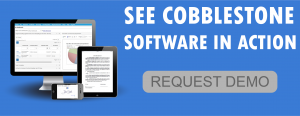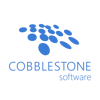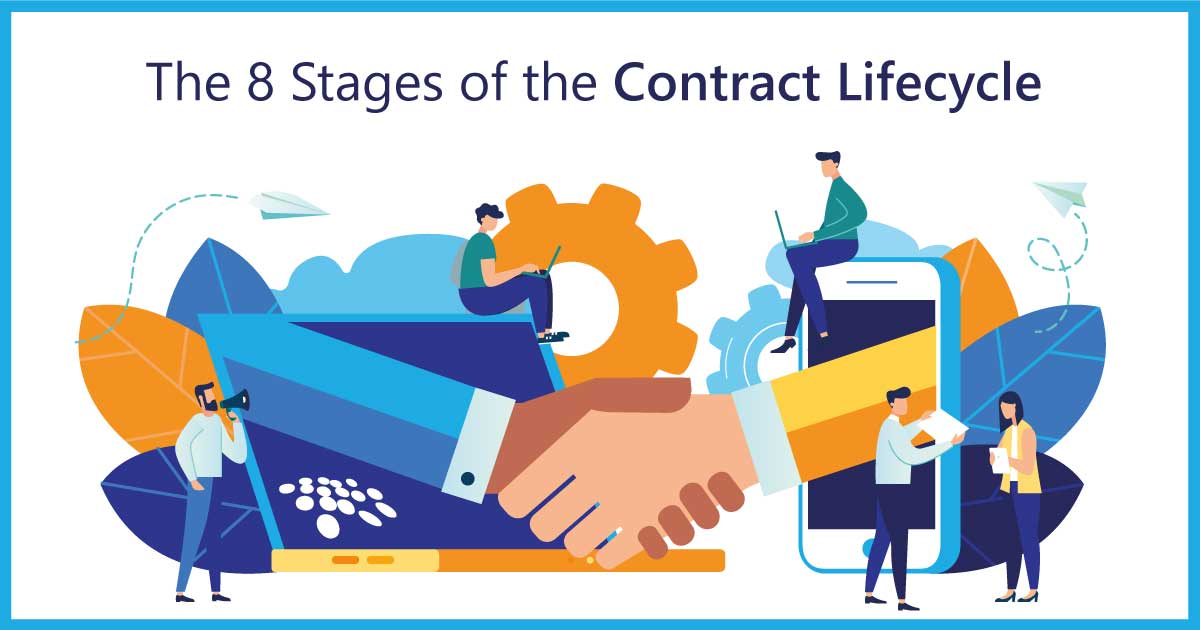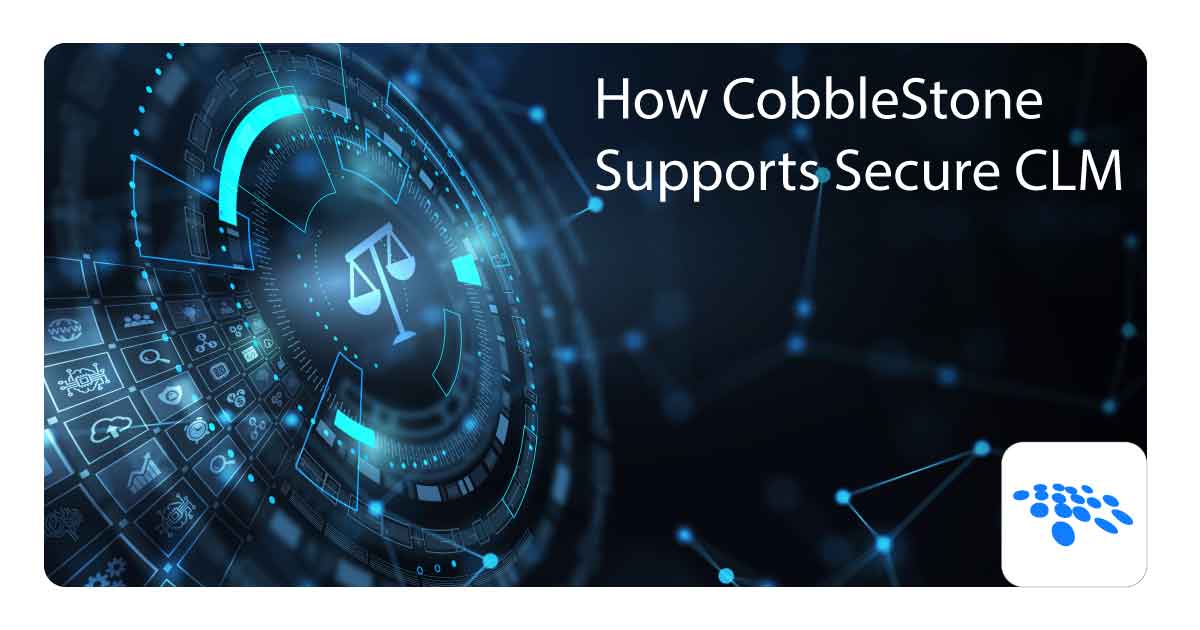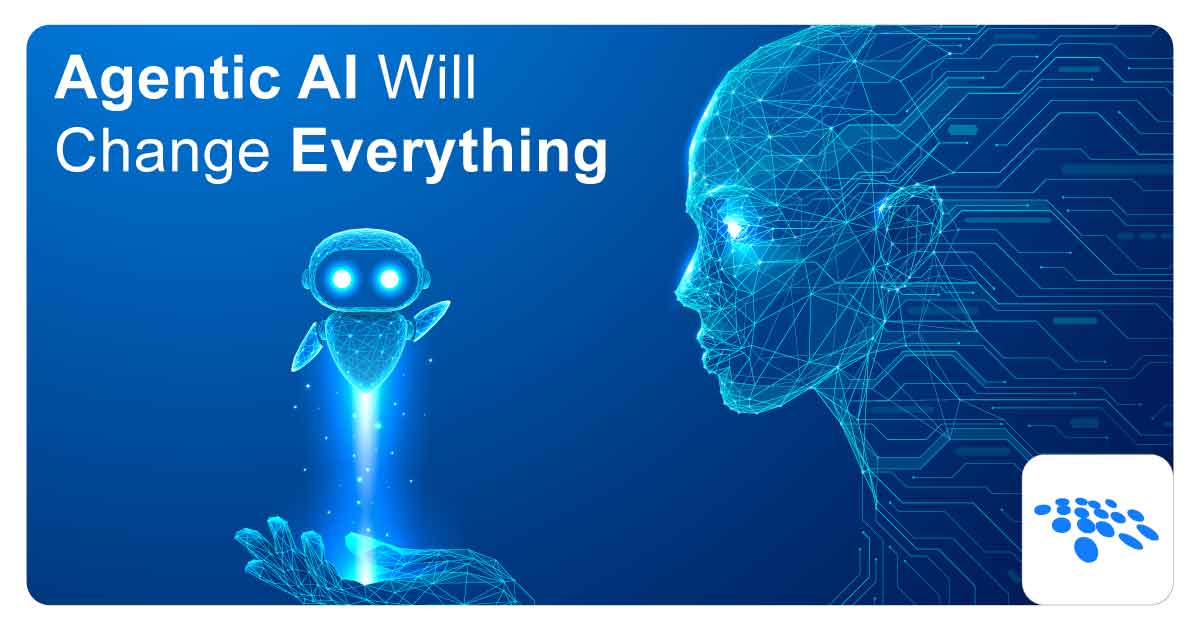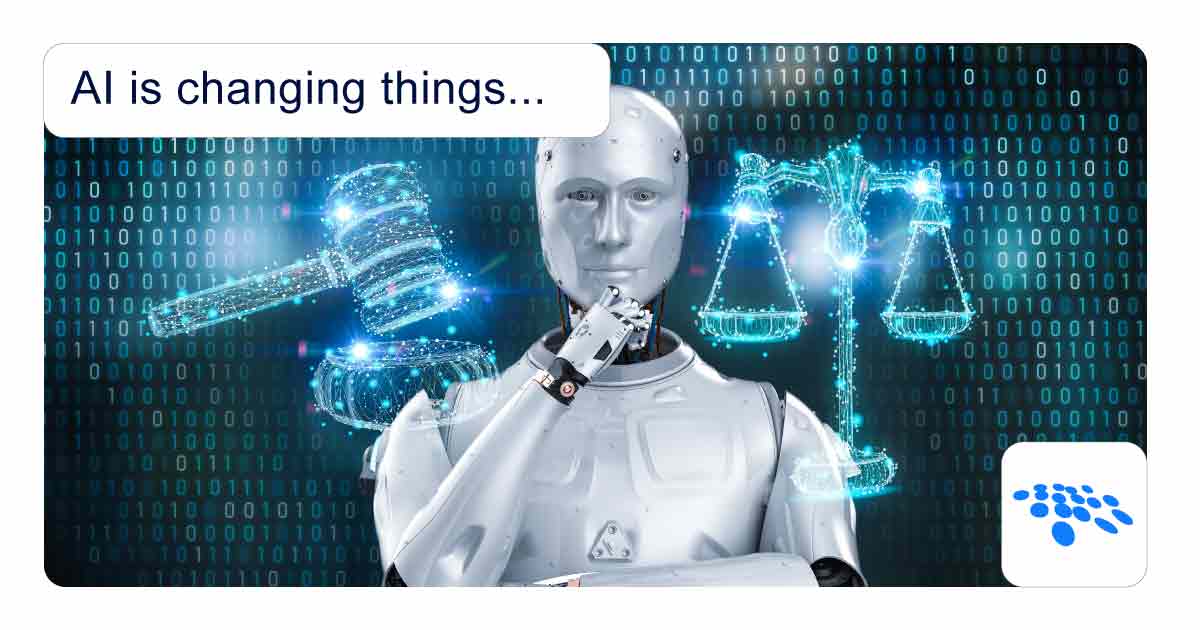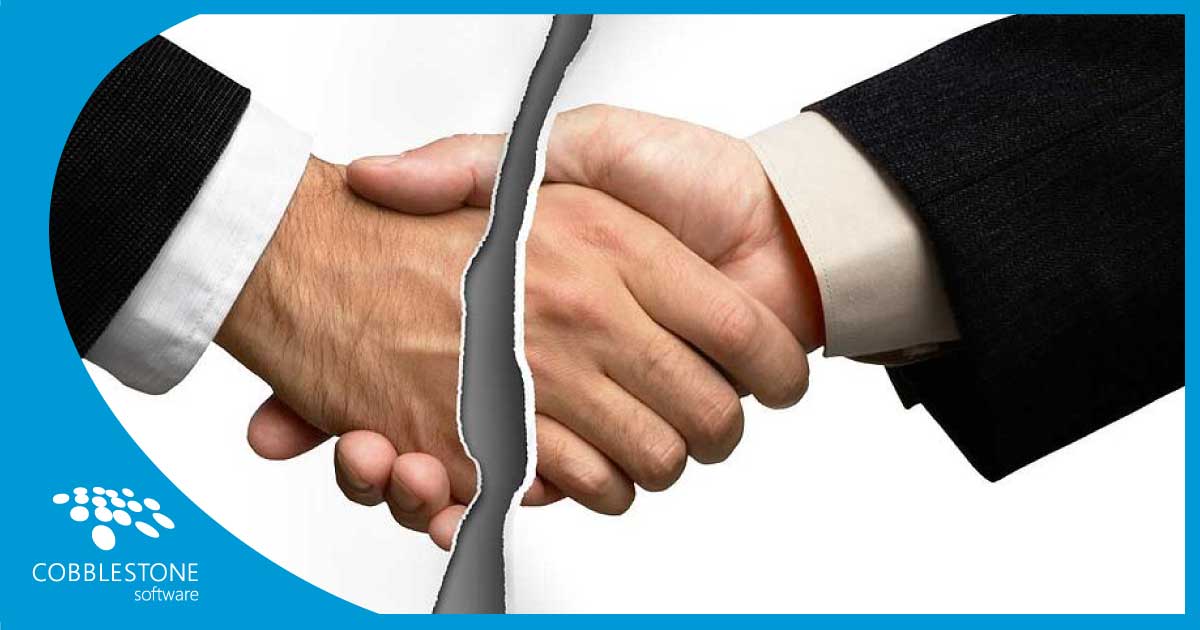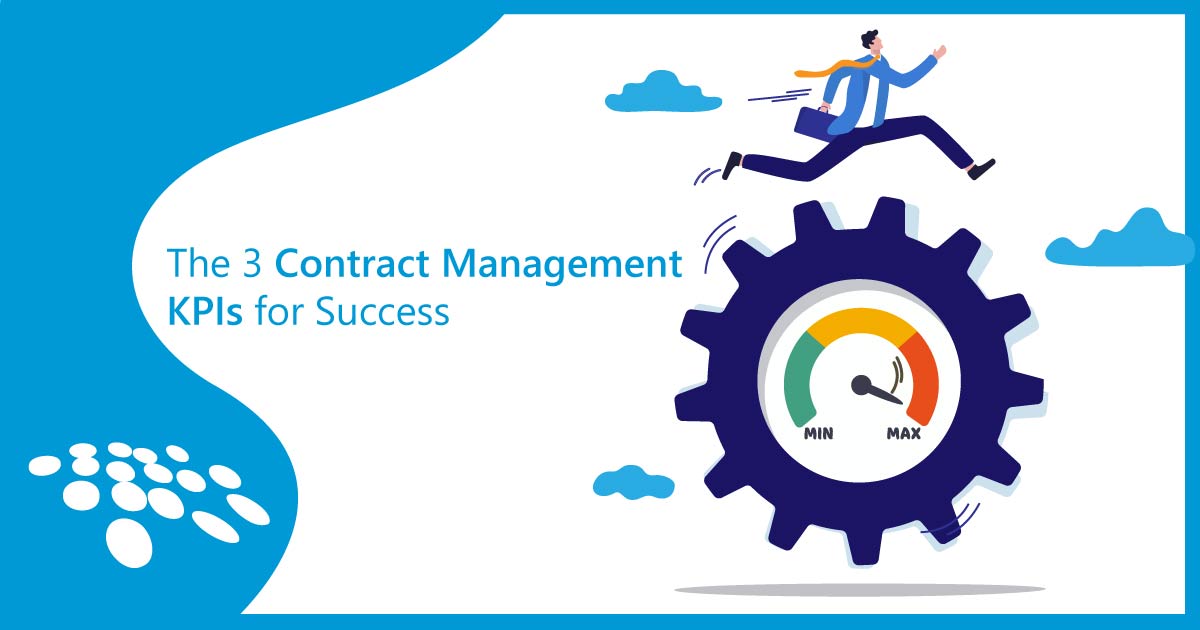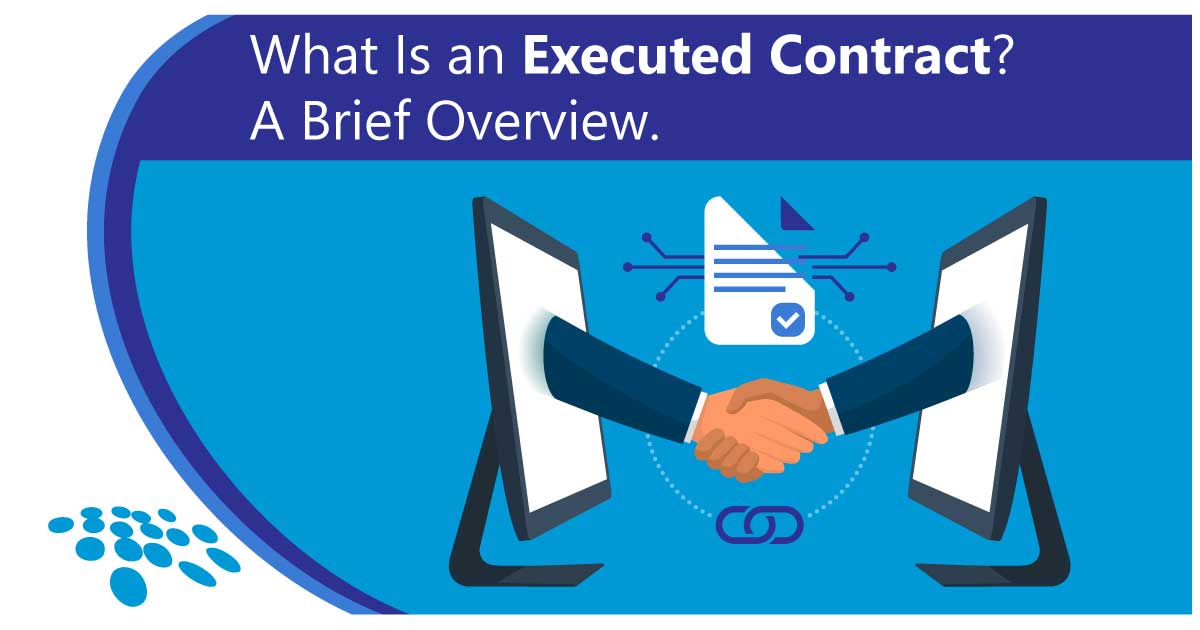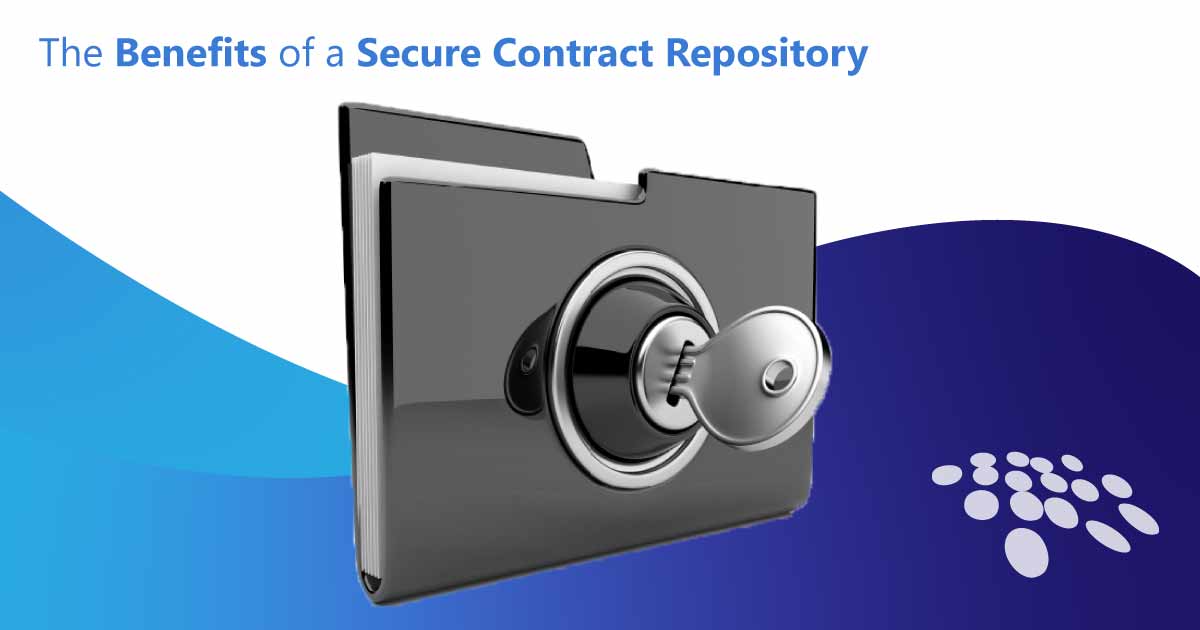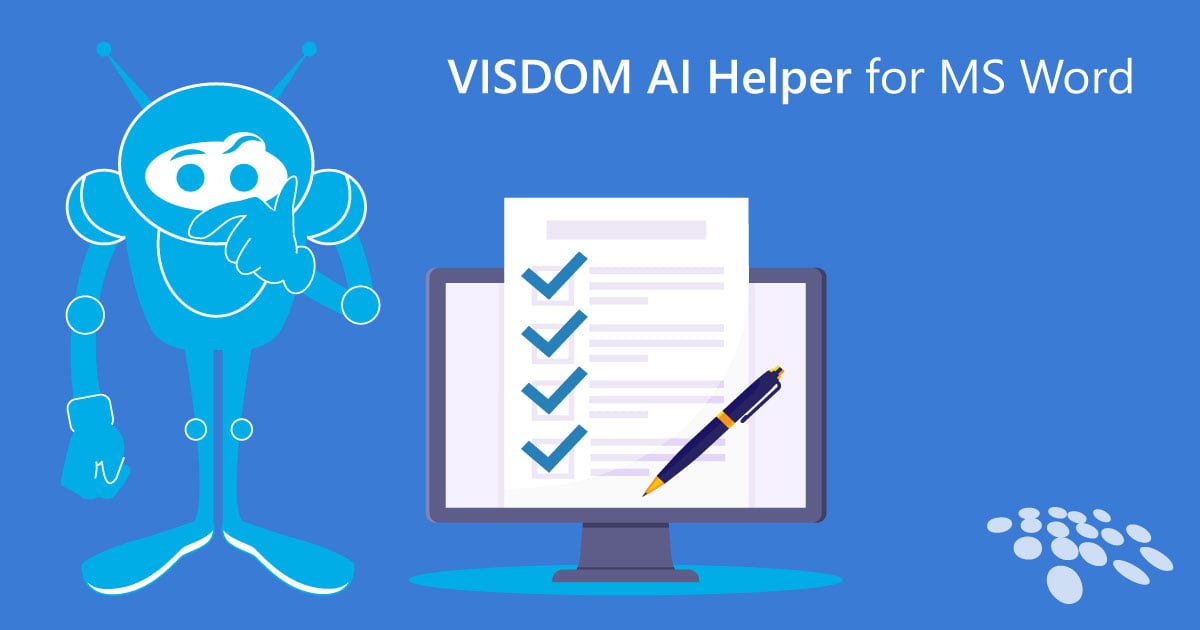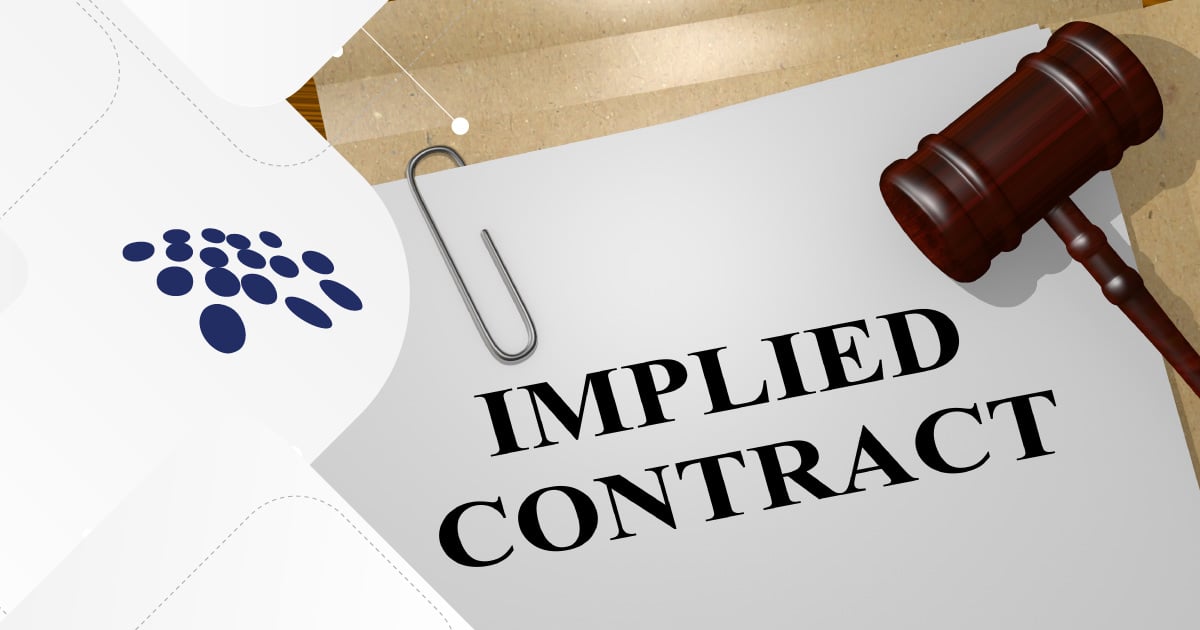There’s a lot of buzz when it comes to digital innovation in just about any part of an organization. When it comes down to it, what exactly does that entail?
It is very rare when an organization is so on point that others use them as a standard (we’re looking at you, Amazon). The ability to have most, or all, of your business processes fine-tuned and in sync is something that most organizations are often trying to accomplish. These types of changes could take years before they truly take effect. Unfortunately, business happens quick and organizations can’t afford to wait that long. Many areas of the organization including marketing, sales, and service departments have already eradicated outdated ways of operating.
The topic of digital innovation in the procurement process, however, seems to be the one area that tends to get overlooked. Why?
For starters, depending on the type of organization you are and what you’re offering, you may not have a serious need for a strategic procurement process. You’re not going to invest your time in an area that doesn’t return much value or can be handled on a case-by-case basis. If you are an organization that has a robust, outlined procurement process, you may be more comfortable sticking to what works than thinking about changing the whole thing. The whole idea of digital innovation isn’t to change, but to enforce best-practices standards and build upon and improve current processes for the betterment of the whole organization.
What makes a true digital innovation in the procurement process, and really in any process, is the ability to automate the process in a way that provides value and efficiency to the whole organization. Big data has increasingly been the driving force behind the majority of innovations. Any process in the organization should be able to provide insights and analytics for decision makers to use to help make strategic decisions.
Enhanced Visibility and Better Analytics
Procurement isn’t restricted to just one area of the company. Almost everyone in the organization is affected by it in some way. The problem with many current procurement processes is that they may lack the advanced insights necessary to make sure everyone is on the same page. Stakeholders in the organization need to be able to access data quickly that can help justify business decisions and help guide future strategic plans. Purchasing transparency within the organization (and the public for government) supports the enforcement of proper and ethical procurement procedures.
Improved Productivity and Collaboration
A procurement process should allow for maximum productivity for those involved and collaboration with other departments in the organization. When the procurement process operates in silos, it makes it harder for other areas such as IT or R&D to get involved with purchases that may relate to them. Additionally, siloed procurement overlooks volume based discounts that can result in better pricing for the buyer. When a team can make decisions from one centralized source of data and information, the better those decisions are for the organization.
Enriched Vendor Relationships
Building strong relationships with your vendors is key for a successful post-procurement process. The relationships with your vendors are not transactional – they don’t stop after the purchase is made. For a successful partnership between the two organizations to happen, there needs to be communication. As part of the procurement process, purchasing managers need to gauge how successful that purchase is by having a platform set up to provide insights, and the ability to collect feedback. The data that is collected from each purchase can help with deciding on the next purchase and the overall relationship moving forward.
Overhauling your procurement process isn't going to happen overnight. It's the steps every day that the organization takes that will pave the pay to a complete transformation. One easier way of getting started is through the use of an eProcurement software - one that is capable of growing with your organization and automating the manual tasks that waste resources. A great eProcurement software will also be able to help you achieve true digital innovation and benefit many people in the organization.




